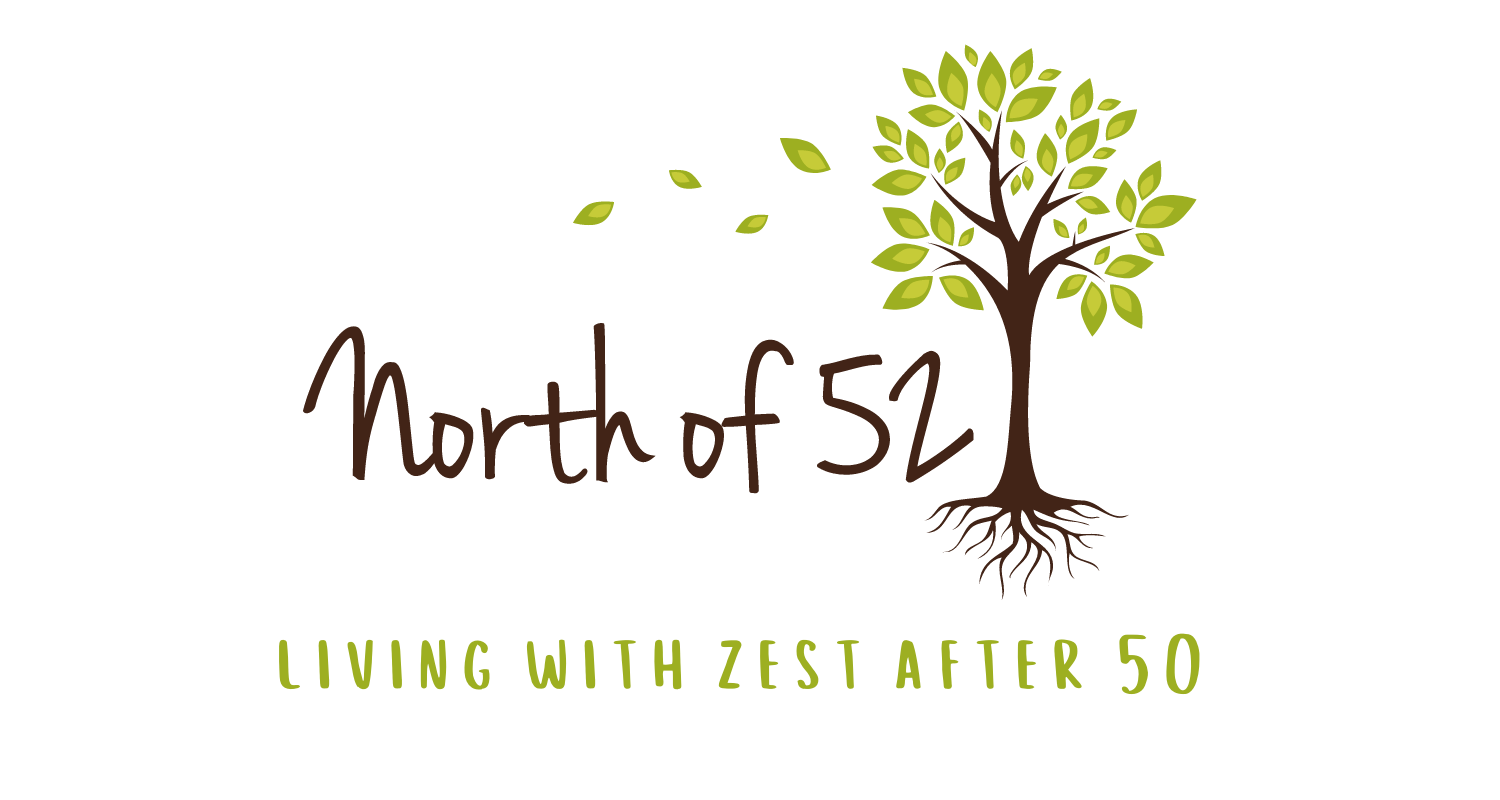Finding Meaning in the Second Half of Your Life
I was reading a book this morning when a line jumped out: “I have a vision of starting a conversation that becomes a movement.” It resonated with me because, I too, have a vision — that retirement as we know it today will be replaced by a full life of meaningful and inspiring contribution by every one of us. More of a rewirement, not a traditional retirement.
Briefly, here’s the vision: Since we’re living longer and technology is advancing to improve our physical wellbeing, then it’s our collective responsibility to lead lives of meaningful contribution that energize our mental and spiritual wellbeing. I can’t define what a meaningful contribution looks like for you, as each of us must determine that. I’m merely challenging you to seek out what that contribution is, and then commit the balance of your life to walking that path intentionally.
A Positive Transition or A Crisis?
When we’re young, and we’re busy focusing time and energy on things like defining a career and starting a family, it’s relatively easy and instinctive to see our value in the world. We naturally feel confident — important, relevant, and necessary. However, beginning around age 45 and continuing into our 50s, a shift (subtle or seismic) in our formerly positive self-image begins to happen.
Some might refer to this uneasiness as a mid-life crisis. Regardless of what you call it, I experienced it! And I knew I was not alone in this time of questioning. When I realized my life was half over, I asked myself: “How do I determine the value of my contribution going forward?” Most people answer one of two ways. They either see the second half of life as a period of decline and scarcity, or as a time of contributing and adding value. Because I see myself as a glass-half-full person, I view the next 40+ years of life as the better half!
Defining the Second Half
Based on study and personal experience, I’ve come to believe that not only can the second half of my life get continuously better, so can yours! I believe the vast majority of my peers in the over-50 club can successfully join me in this movement and make the second half of their lives significantly better than the first.
It just makes sense. After all, as a group, we are wiser from experience. We have learned what to say yes to, and (more importantly) what to say no to. We tend to look at decisions with a long-term perspective versus impulsive, in-the-moment thinking, that often leads to wrong choices.
Over the years, we’ve acquired sought-after character attributes, like being punctual, responsible, creative, and compassionate. We’re generally better at accepting things we are powerless over, and tend to focus our time and energy on what we do have power over. In short, we are more mature in mind, body, and spirit.
My vision of replacing retirement with intentional living is a time of contributing more — not necessarily in terms of hours invested, but in value created. Be careful not to confuse our vision to mean working longer and harder than you did in the first half of life. I’m suggesting that by the midpoint you have some wise insights about where and how to make your greatest contribution. I’m proposing we intentionally design the second half of life to work smarter, by maximizing our contribution while concurrently maximizing the value of time.
“Older and wiser” is not just an empty cliché. It’s true. What you bring to the table is priceless. Don’t measure the quality of your contribution by time, but rather by results and impact. When we were young, we assumed that more time and harder effort equaled greater results. But that formula isn’t true anymore. Our society is transitioning from the industrial era into the information age — driven by technological change occurring at an exponential rate.
The old notion of working longer and harder is clearly being replaced by working smarter to get better outcomes. And guess what? Age and wisdom work synergistically with this cultural change, and many second-halfers are learning that hours invested do not always correlate to increased benefits.
Through trial, error, and adversity, we’re learning to choose the right things to focus on and saying no to those that don’t serve our passion and purpose.
Creating a Legacy Map
Inspired by this conversation? Then join my movement today to maximize the ROI of your life and gifts, by getting clarity and focus on your unique contribution. Please visit replaceretirement.com and create your own unique Legacy Map.
Then use it to navigate your future, with the empowering confidence that your best years are always in front of you. The possibilities are endless and I hope you’ll join me in finding meaning and purpose in the second half of our lives.



